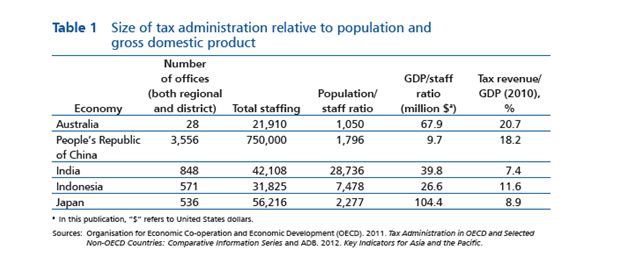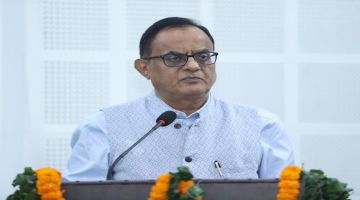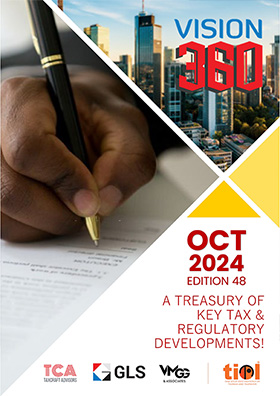ADB study finds CBDT staffing & revenue deficient
By TIOL News Service
NEW DELHI, JAN 06, 2013: THE Finance Ministry might well take a cue on direct tax reforms from a tax administration reforms study that was issued last week.
The study/The Governance Brief observes: “a high population/staff ratio as well as a relatively high GDP/staff ratio in India suggests that the Central Board of Direct Taxes, one of the principal tax administration bodies in India, may be disproportionately understaffed, and indeed India's tax revenue per GDP ratio, 7.4% in 2010, is still comparatively lower than the other countries.”
The Governance Brief captioned ‘ Institutional Arrangements for Tax Administration in Asia and the Pacific' incorporates a table that compares the size of tax administration of five countries including India as under:

The brief has suggested that developing countries engaged in tax reforms should consider adopting the semi-autonomous body with oversight board model, which is used in Hong Kong, China, Malaysia and Singapore.
It compared the conventional model of tax directorate operating as an internal organization within the finance ministry with the semiautonomous directorate models and found the latter type better than the former one on different counts.
It observes: “When this model is introduced in a developing country, a good governance system that prevents political intervention in the enforcement process and a sound tax intermediary sector, including legal and accountancy services, will be keys for the oversight board to function effectively. In addition, in the process of tax administration reforms, it will be useful to review not only the tax administration body's organization structure, but also its degree of autonomy with respect to internal organization design, budget, and human resource issues. However, such reforms are not likely to be made simply within the tax administration body, but will also require working on the government's organization and civil service systems.”
The Brief has concluded that reform of tax administration bodies' institutional arrangements alone will not be a panacea for improved performance of the tax administration. Reform of institutional arrangements of tax administration bodies, including their increased degree of autonomy, are an indispensable step for achieving an efficient and effective tax administration, yet the process should be regarded as a platform for comprehensive tax administration reforms, rather than a stand-alone panacea.” ends
















